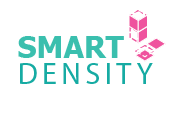One of the strongest first impressions I had as a newcomer to Toronto was how passionate the residents are about their city. It was amazing to see how many people, of all ages and backgrounds, showed up to open houses for new developments in order to protect the city they call home. But while the passion was there, there was a gap in understanding. Residents can offer a ton of great insights, but the gap in communication makes it difficult to use.
How can professionals better approach Community Engagement?
Education:
As they say, knowledge is power. For a community member to form a sound opinion about a proposed development, they at least need a basic understanding of urban planning terminology and of the challenges and strategies that go into urban planning and development. The public should have a better understanding of what makes good urban design in the first place, what the current policies are and what factors and challenges impact the urban planning process that they might not have otherwise known.
Timing:
What’s also clear is that the public needs to be engaged and educated much earlier. Holding open house events when the design and planning are already well underway is not the right time to be engaging with a community who generally have no prior understanding of how urban planning works. When the project is already in the pipeline and the city or a developer justify their plan to the public, there is much less chance for productive public input.
My Favourite Examples of Community Engagement in Urban Planning
Last year, I set out to find a creative solution to this gap in communication. I created UrbanBlocks (which I’ll discuss later) to help kids and adults better understand the various factors at play when developing in an urban area. Since then, I’ve found other great engagement initiatives that have helped communities better understand development in their area. Here are the four most creative and relevant initiatives I found:
-
“No Small Plans” by The Chicago Architecture Foundation
Goal: Educate high school students about urban planning in Chicago and bridge the civic education gap among low-income students, students of colour and those with fewer opportunities for civic engagement

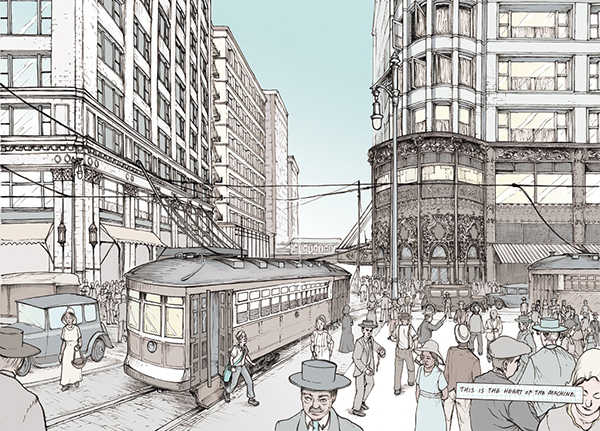
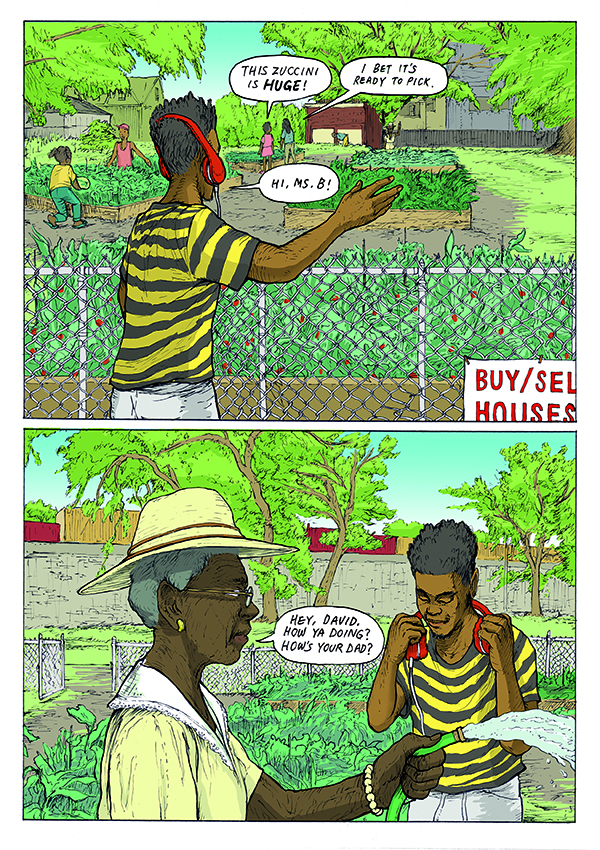
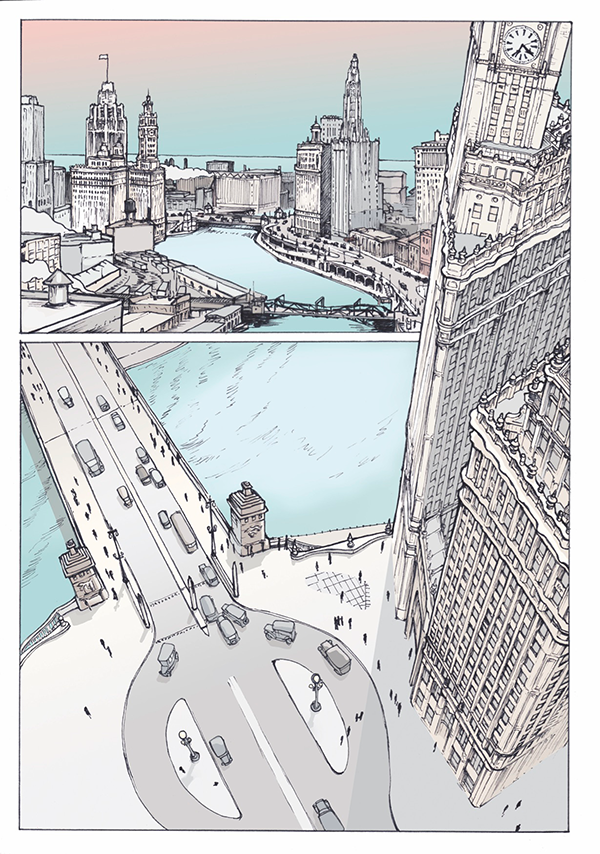
This stunning graphic novel was created for high school students, but is a great read at any age, if you ask me. It was inspired by a 1911 textbook that was mandatory reading for 8th grade Chicago public school students. The new version of the book is divided into 3 time periods: past, present and future. It follows different groups around the same Chicago neighbourhood during these 3 eras and discusses some of the key issues that arise at various times like gentrification, racial discrimination and affordable housing. The book helps illuminate the complexity of city planning and the various considerations related to it. In a city like Chicago, it was especially important to empower students of underrepresented communities and expose them to civic discussions
-
Toolkits and publications by the Centre for Urban Pedagogy (CUP)
Goal: Educate residents about the policies and guidelines that impact them, especially in underrepresented areas
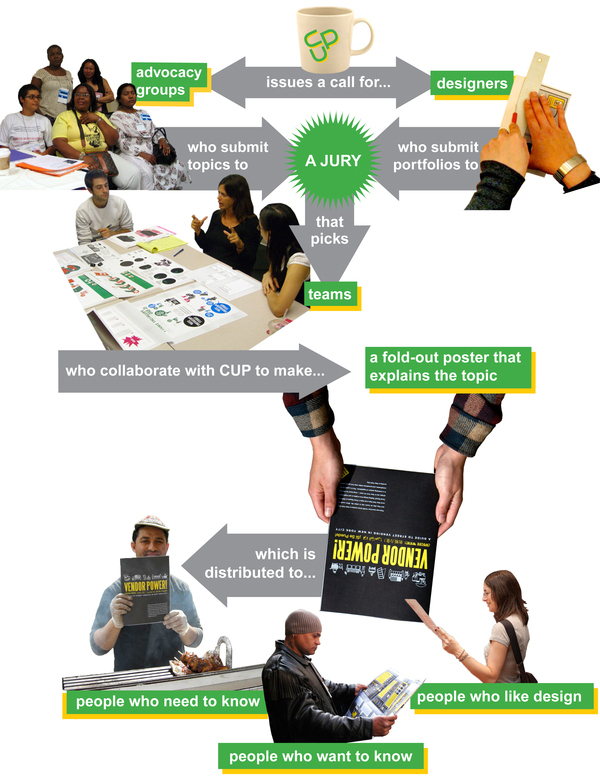
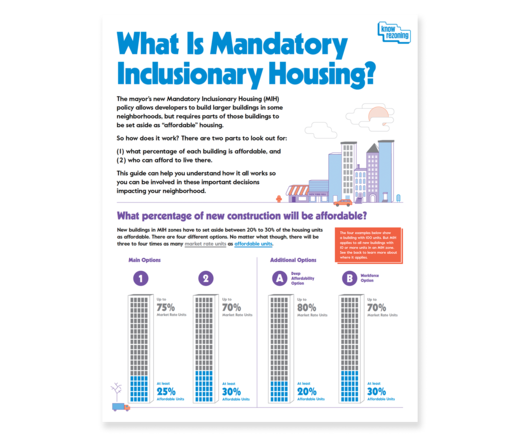

CUP is a New York-based non-profit organization that works to create more meaningful civic engagement and educational opportunities among underrepresented communities. They give the public access to the information they need and the right tools to help them successfully navigate development issues and confidently address developments in their community that impact them.
One particularly great resource that they’ve created is a simple foldout poster called Making Policy Public, which uses plain language and bright illustrations to present complex policies in an accessible way. CUP also offers “Envisioning Development” toolkits, which are interactive workshops that teach people basic land-use terms and concepts. These concepts help residents participate meaningfully in discussions about the changes going on in their neighbourhood. There’s no doubt that Toronto could benefit from such a tool.
-
The #GetAjaxMoving project by 8-80 Cities
Goal: Get more residents to switch to sustainable transportation
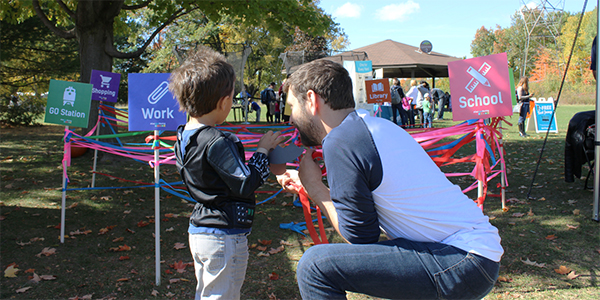

One of the greatest challenges these days is convincing residents to rely less on their cars. It requires strong advocacy and creative strategies just to start a discussion about this issue. The Town of Ajax actually created a goal to combat this problem and partnered with 8-80 cities, an advocate of equitable communities, to create an awareness initiative encouraging residents to use five different sustainable modes of transportation: walking, cycling, transit, carpooling, and telecommuting. They used pop-up engagement booths and a series of TDM toolkits which helped educate the public and offered tools to help residents make the switch to more sustainable transportation. This example emphasizes the power of knowledge and awareness as a tool to change habits and encourage public support.
-
UrbanBlocks– Board Game by Smart Density
Goal: Educate residents about the complex considerations involved in urban planning and especially in urban intensification.
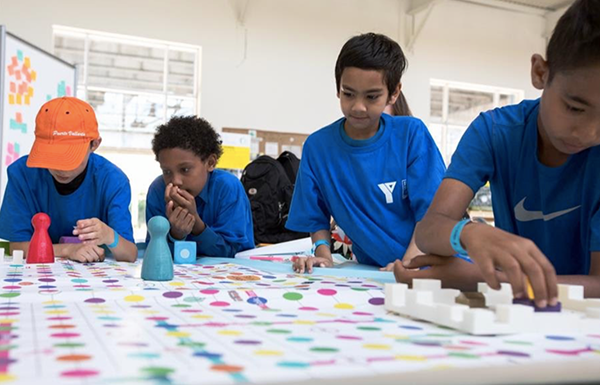
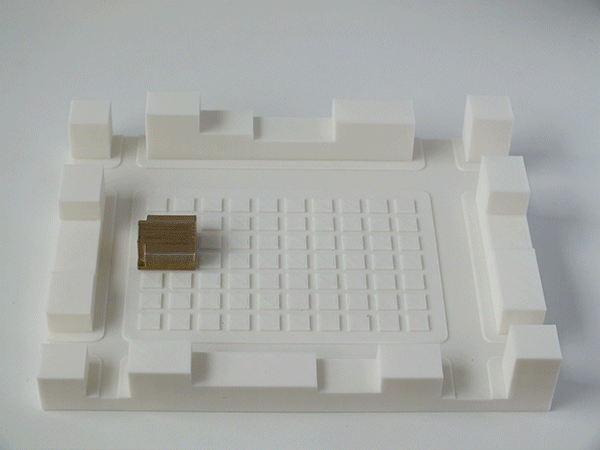

Last year, Smart Density created a human-sized board game that helped explain the complexities of urban planning to the public in a way that was fun and engaging while inspiring more informed and positive conversations about urban development. The game asks players to assemble a complete urban block that contains all the required elements. As players soon discover, the challenge is not as easy as it first looks. While the board game was created for kids, it was also intended as a way to engage in much larger discussions with parents and kids about mixed-use, high-density developments in a non-adversarial way.
Smart Density engaged over 300 children and parents to date. By engaging the participants in the process of city building and demonstrating how development can be done in consideration of the community, the game helps reduce the fear and automatic defensive response to development. UrbanBlocks creates a unique setting to engage the public and specifically our future leaders and city builders in some of the most critical issues that cities and urban environments will be facing.
Productive public discussion and meaningful engagement are critical parts of transforming cities successfully. A lot can be gained when developers and community members understand each other’s perspectives, but if the dialogue is not facilitated in the right way it might become counterproductive. That’s why we need initiatives like these that help create more informed and outcome-oriented conversations and encourage residents to understand the complexities of urban development.
Do you know of a creative, educational community engagement tool? Make sure I know about it too! Send me a note at nblonder(at)smartdensity.com
